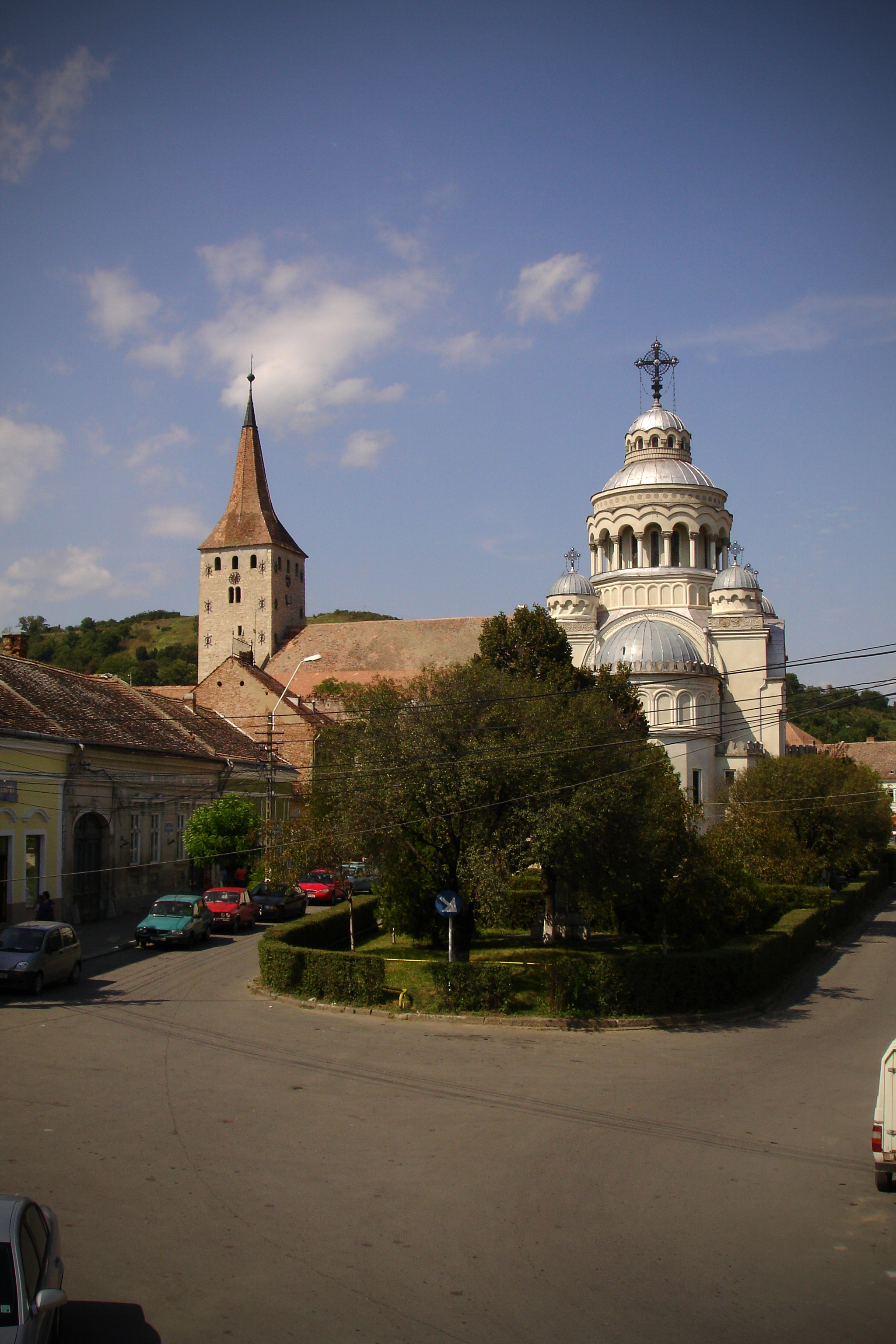|
Aiud
Aiud (; , , Hungarian pronunciation: ; ) is a city located in Alba County, Transylvania, Romania. The city's population is 21,307 (2021). It has the status of municipiu. The city derives its name ultimately from Saint Giles (Aegidius), to whom the first church in the settlement was dedicated when built. Administration Aiud is made up of the city proper and of ten villages. These are divided into four urban villages and six villages which are located outside the city proper but fall under its administration. The four urban villages are: Aiudul de Sus, Gâmbaș, Măgina, and Păgida. The rural villages are: Ciumbrud (), Sâncrai (), Gârbova de Jos (), Țifra (), Gârbova de Sus () and Gârbovița (). Demographics At the 2021 census, Aiud had a population of 21,307. In 2016, the total population was 26,296, of which 12,900 were male and 13,396 female. [...More Info...] [...Related Items...] OR: [Wikipedia] [Google] [Baidu] |
Aiud 515200, Romania - Panoramio
Aiud (; , , Hungarian pronunciation: ; ) is a municipiu, city located in Alba County, Transylvania, Romania. The city's population is 21,307 (2021). It has the status of municipiu. The city derives its name ultimately from Saint Giles (Aegidius), to whom the first church in the settlement was dedicated when built. Administration Aiud is made up of the city proper and of ten villages. These are divided into four urban villages and six villages which are located outside the city proper but fall under its administration. The four urban villages are: Aiudul de Sus, Gâmbaș, Măgina, and Păgida. The rural villages are: Ciumbrud (), Sâncrai (), Gârbova de Jos (), Țifra (), Gârbova de Sus () and Gârbovița (). Demographics At the 2021 Romanian census, 2021 census, Aiud had a population of 21,307. In 2016, the total population was 26,296, of which 12,900 were male and 13,396 female. [...More Info...] [...Related Items...] OR: [Wikipedia] [Google] [Baidu] |
